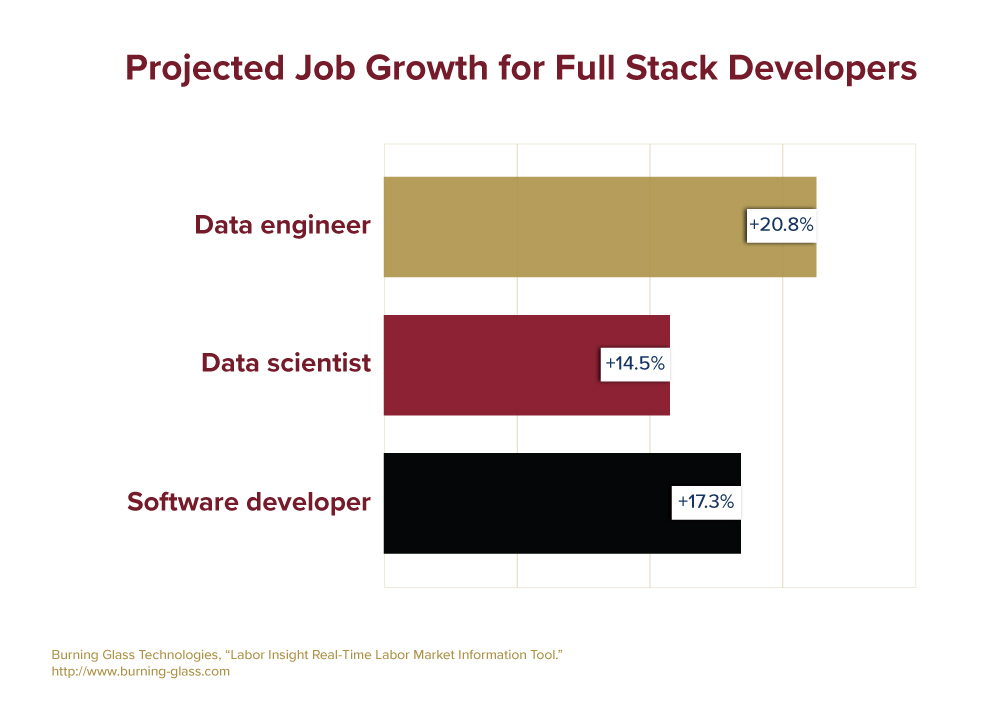The ongoing development of technology has resulted in the emergence of new roles that can fuel career paths in a variety of industries. For individuals interested in pursuing a career in stack development, the prospects are especially promising, from mobile engineering to interactive games creation to corporate banking. So, what are the specific skill sets programmers need to stand out as a competitive candidate in the job market? What training do prospective professionals need? Are there jobs available for those who are about to enter the field? Where do you go to find out how to become a full stack developer?
If you’re ready to become a full stack developer, it’s helpful to get a comprehensive look at this promising career path. Read on to prepare to take your first step toward becoming a professional web developer!

 Live Chat
Live Chat

